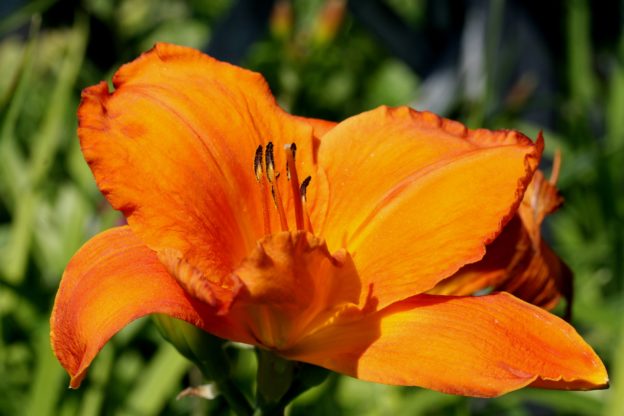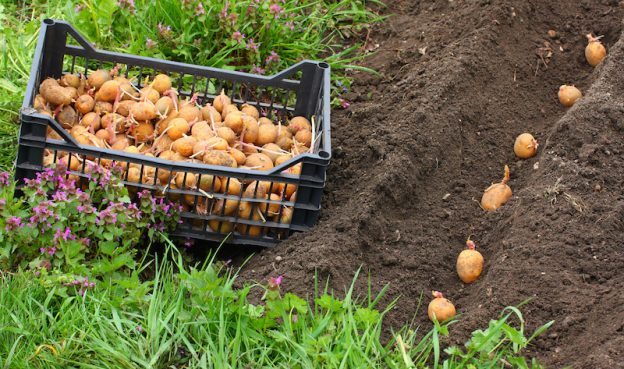General garden checklist for May
We know it’s hard to keep on top of everything, especially when there is so much to do. To kick start a prosperous growing season this summer, we have compiled a handy garden checklist, full of tasks to get you going. Why not print it off and try to complete these little tasks throughout the month of May? Read up on our other blog posts for why and how to do many of these jobs.
Garden Checklist
⃝ Hoe off and hand weed frequently to stay on top of weed growth. Weed prevention is better than cure so consider installing weed poof membranes and mulches to your borders.
⃝ Feed your lawn with a spring feed fertiliser.
⃝ Mow your lawn weekly and start to gradually reduce the height of the blades with each cut.
⃝ Prune early-flowering plants to promote next year’s growth.
⃝ Begin sowing any outdoor herbs that you will be growing as annuals.
⃝ Plant hanging baskets for summer, our centres are bulging with suitable pot and basket plants.
⃝ Plant summer bedding, make sure to harden off more tender summer annuals first and add slow release fertiliser when you plant out for best results
⃝ Don’t let cool temperatures fool you, regular watering is always necessary for new plants. Most pots dry out from wind/air flow.
⃝ Planting strawberries? Place straw under the plant to prevent contact with the damp soil leading to rotten fruits
⃝ If you are growing tall growing plants be sure to put supports in place before the plants grow too tall
⃝ Harvest fully grown rhubarb by pulling the stalks, take care not to harvest more than half at any time
⃝ Start harvesting any fully grown asparagus
⃝ Check for early aphids and begin pest control, think about insect mesh and slug and snail control for particularly vulnerable varieties.
⃝ Check for nesting birds before trimming and pruning hedges
⃝ Put up bird boxes for summer migrants to nest in
⃝ Top up birdfeeders to support tired bird parents whilst they feed their young.
 Stake any flowers that are overly tall or heavier at the top to keep them safe from wind damage.
Stake any flowers that are overly tall or heavier at the top to keep them safe from wind damage. – Harvest beans. Both French and Runner beans need to be picked early and often. This will prevent them from going to seed, stop them from becoming stringy and also encourage a second growth.
– Harvest beans. Both French and Runner beans need to be picked early and often. This will prevent them from going to seed, stop them from becoming stringy and also encourage a second growth.








